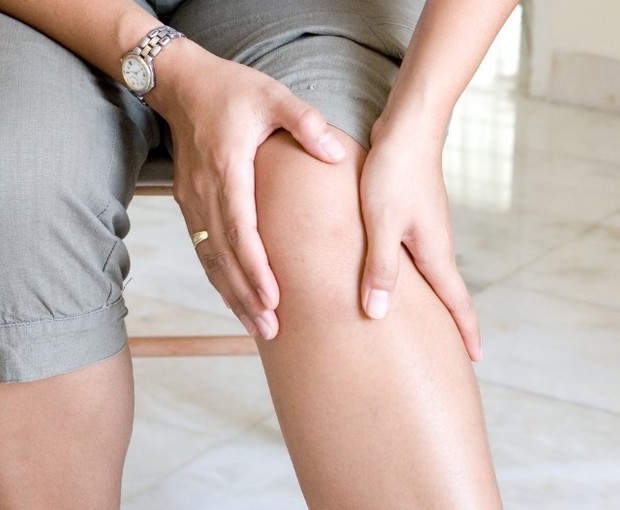
Physical activity: the key to fighting arthritis in the knee
Have you been suffering from knee pain for some time? Have you reduced your daily activities as a result? Do you feel that your knee is stiffer in the morning?
You may be suffering from arthritis of the knee!
In fact, arthritis is a degenerative process of the knee cartilage, caused by an imbalance between the regenerative capacity and the degree of degradation of the cartilage components. This leads to a decrease in the joint space of the knee and a pinching of the internal or external compartment. It is the internal compartment that is most frequently affected by oarthritis!
Let's move on to the signs and symptoms of a person suffering from arthritis. These include pain that increases with exercise and decreases with rest, a larger knee, decreased mobility, muscle weakness, knee deformity (most often varus) and crackling sounds when moving.
How to prevent arthritis you ask?
On the one hand, you should know that there are non-modifiable risk factors for arthritis such as age (> 50 years), gender (female > male), genetics, history of knee trauma (fracture with joint misalignment, meniscal injury, ACL tear, etc.) and osteoarticular diseases. Interesting fact for women: the risk of knee arthritis doubles after menopause!
On the other hand, there are also modifiable risk factors, including excess weight (BMI > 27 kg/m2) and physical inactivity, which are the two most important modifiable factors found in the literature. In terms of physical inactivity, the most important factors are weakness of the quadriceps, the muscle at the front of the thigh, and a decrease in aerobic capacity. In addition to these two factors, biomechanical stresses, i.e., the amount of impact imposed on the knee, related to certain types of employment or the practice of certain sports involving significant impact on the knee, contribute to the appearance or aggravation of oarthritis.
Now, what should you do if you have arthritis in your knee?
There are three key components to managing knee arthritis: education, self-management and physical activity.
Let's start with patient education and self-management. It is important to understand what arthritis is and how to manage yourself to limit the progression of symptoms. One of the roles of the physiotherapist is to explain the condition to you, to give you relevant advice in relation to your complaints and to encourage you to remain active.
Let's continue with physical activity. First of all, it is important to know that inactivity is more damaging to cartilage than activity! Also, don't forget that one of the major risk factors for arthritis is physical inactivity, as explained above. Another role of the physiotherapist is to prescribe and demonstrate appropriate exercises adapted to your condition! The program includes aerobic exercises, quadriceps strengthening, joint mobility and proprioception exercises.
Finally, let's go back to overweight, the second major risk factor for arthritis. In fact, excess weight increases the pressure on the knee joints, which can increase joint pinching and thus amplify the symptoms. Regular physical activity helps to achieve and maintain a healthy weight. According to the literature, a weight loss of as little as three to five kilos has a direct effect on reducing pain and improving function! As you can see, physical activity plays a key role in the prevention, treatment and management of knee arthritis!
In short, the key to fighting arthritis is to move, but to move gradually so as not to injure yourself, hence the importance of consulting one of our physiotherapy experts!
If you think you have arthritis in your knee, don't hesitate to consult your physiotherapist, who will be able to guide you in managing your symptoms and in prescribing a personalized exercise program adapted to your condition!
References:
Boutet, Sylvain. Arthrose du genou, solutions de rechange aux médicaments. Le Médecin du Québec, volume 41, number 8, August 2006. Pages 1-6. Availabe (online) : https://fmoq-legacy.s3.amazonaws.com/fr/Le%20Medecin%20du%20Quebec/Archives/2000%20-%202009/037-042DrBoutet0806.pdf
Course notes from UdeM : PHT 1310-Physiothérapie musculo-squelettique 1, Extrémités. Section II-Pathologies, évaluation et traitement des affections musculo-squelettiques des extrémités.
Related articles

Elevate Your Game: Shockwave and Laser Therapy for Tennis and Golfer's Elbow

The types of headaches




